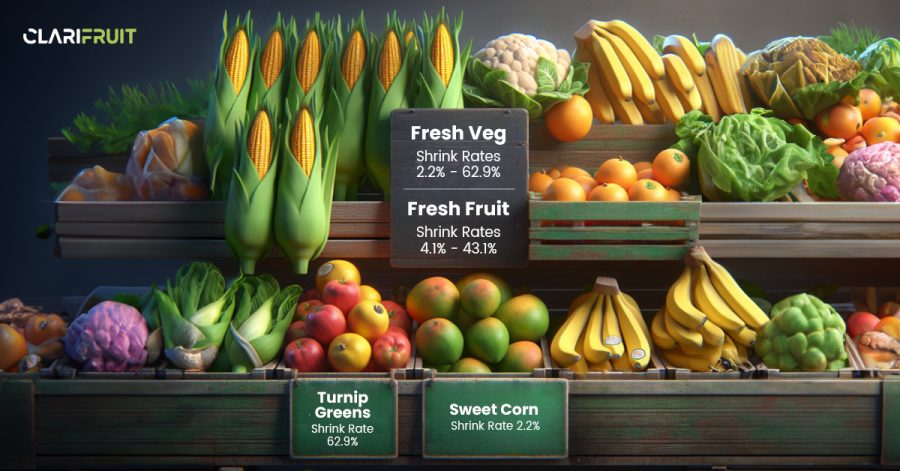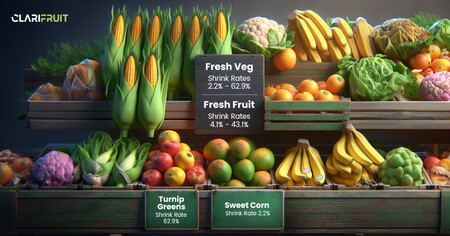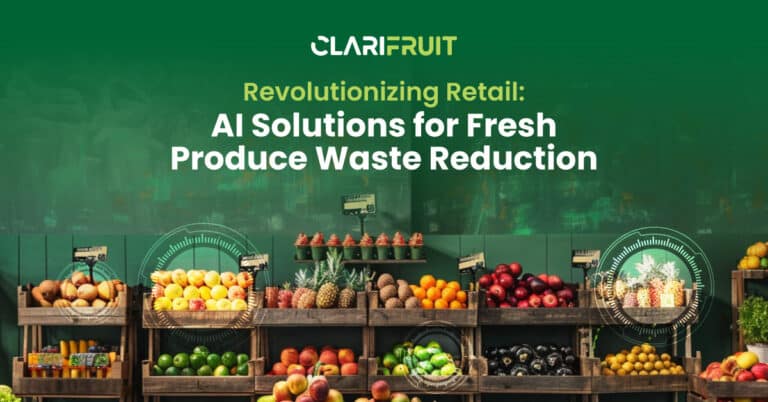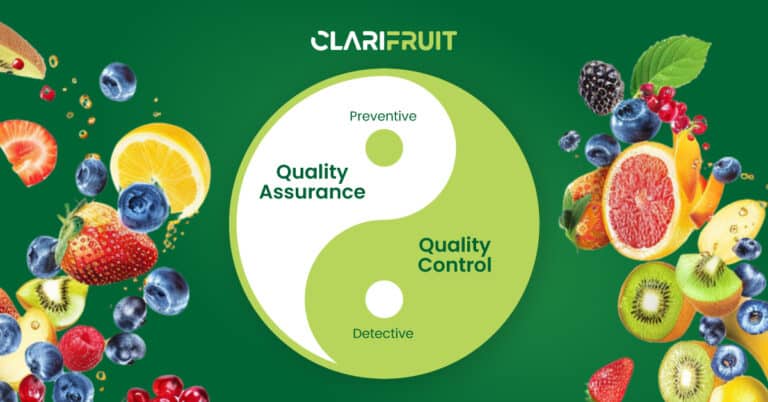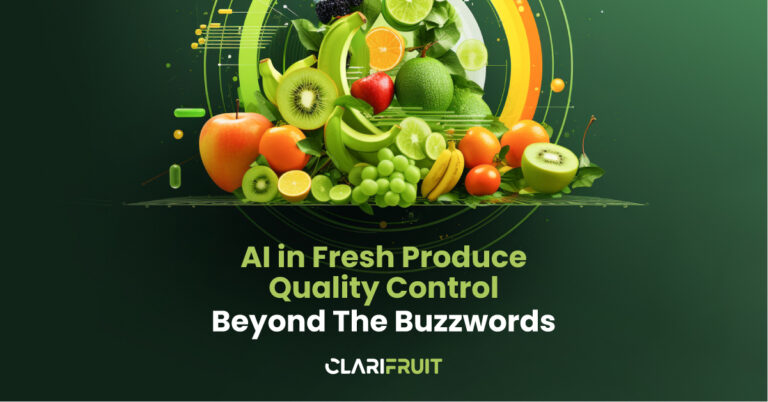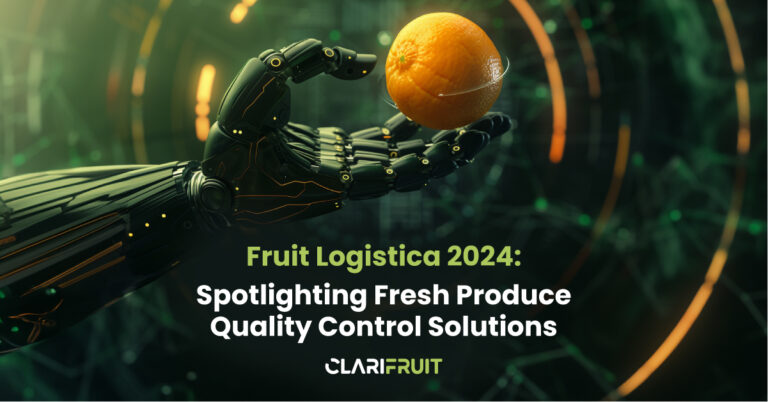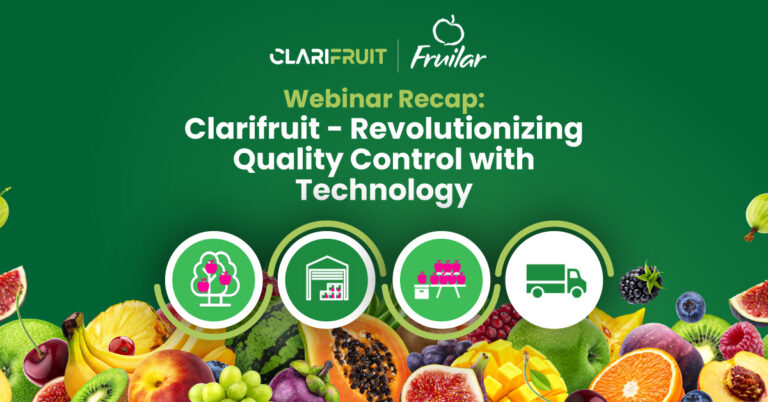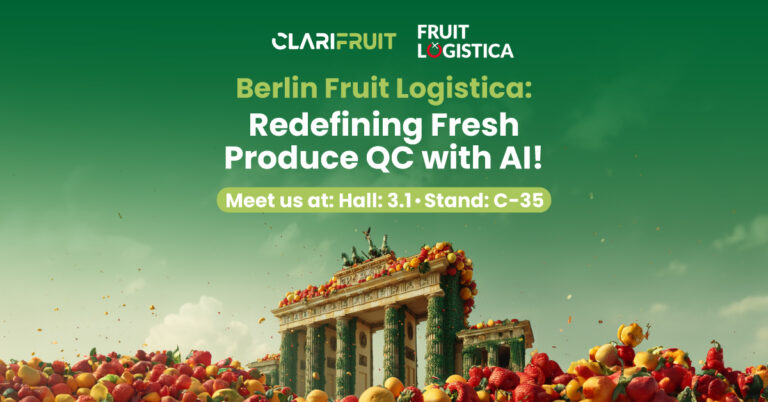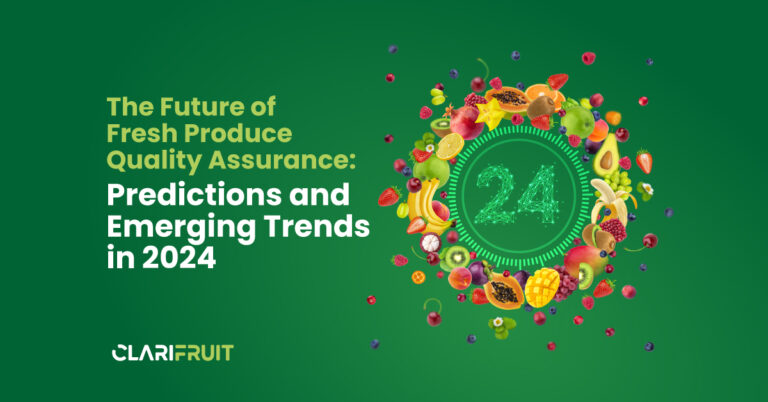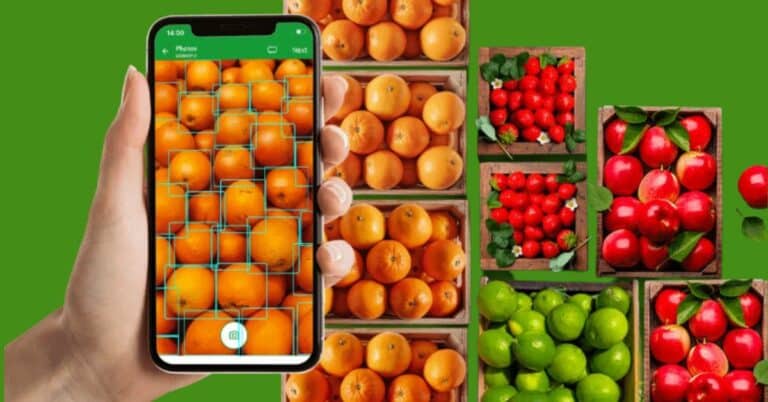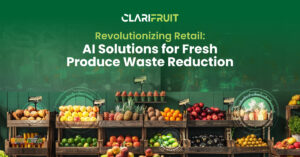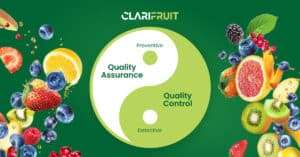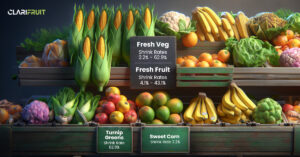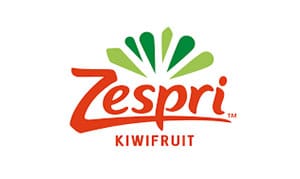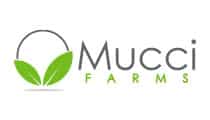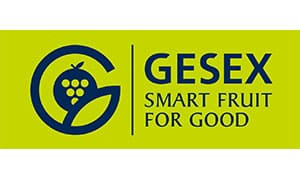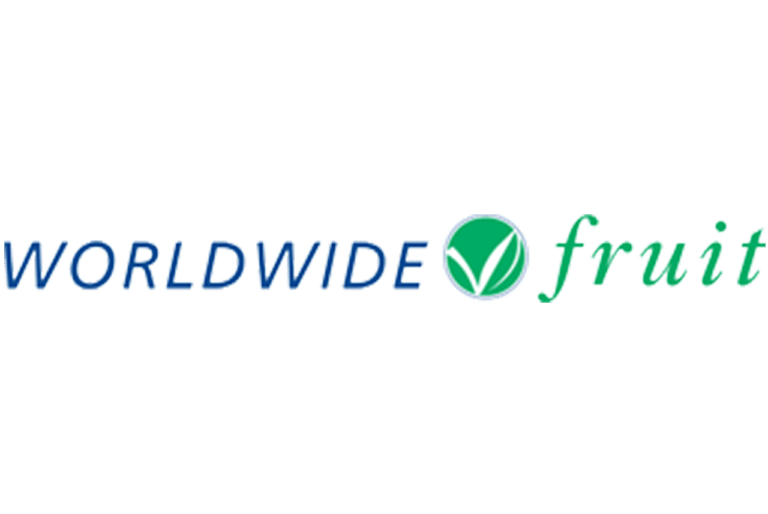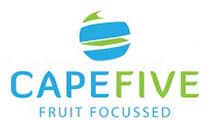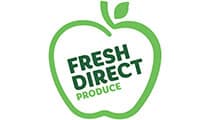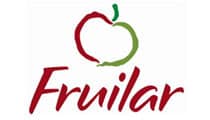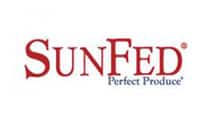Of the many supply chain challenges that fresh produce retailers and grocery stores face, produce shrink is one of the most persistent. McKinsey has estimated that produce shrink can account for up to 15% of store revenues – a dangerous figure in an industry with already thin margins.
In this article, we’re unpacking the causes of shrink, and exploring some of the ways in which modern, AI-driven fresh produce quality control tools are helping organizations to keep produce shrink from eating into their bottom line.
What Exactly is Produce Shrink?
Produce shrink is a term for the loss or reduction in weight of fresh fruits and vegetables during their journey from the farm to the consumer. This can happen at various stages along the way, including harvesting, transportation, storage, and retail. In the supermarket context, shrink refers to the weight loss of fresh fruits and vegetables while they are on display for sale.
The National Retail Federation’s (NRF) 2022 National Retail Security Survey revealed a staggering loss of $94.5 billion due to shrink in 2021. That figure represents a substantial increase from the previous year’s total of $90.8 billion. Clearly, managing shrink is an urgent priority for retailers, because it can seriously harm their profitability.
Technical Causes of Produce Shrink
Produce shrink has a wide range of causes, including social ones like theft. But here, we’re looking at the technical factors that can shorten the shelf life of fresh produce. Later, we’ll consider the role of fresh quality produce in mitigating these effects.
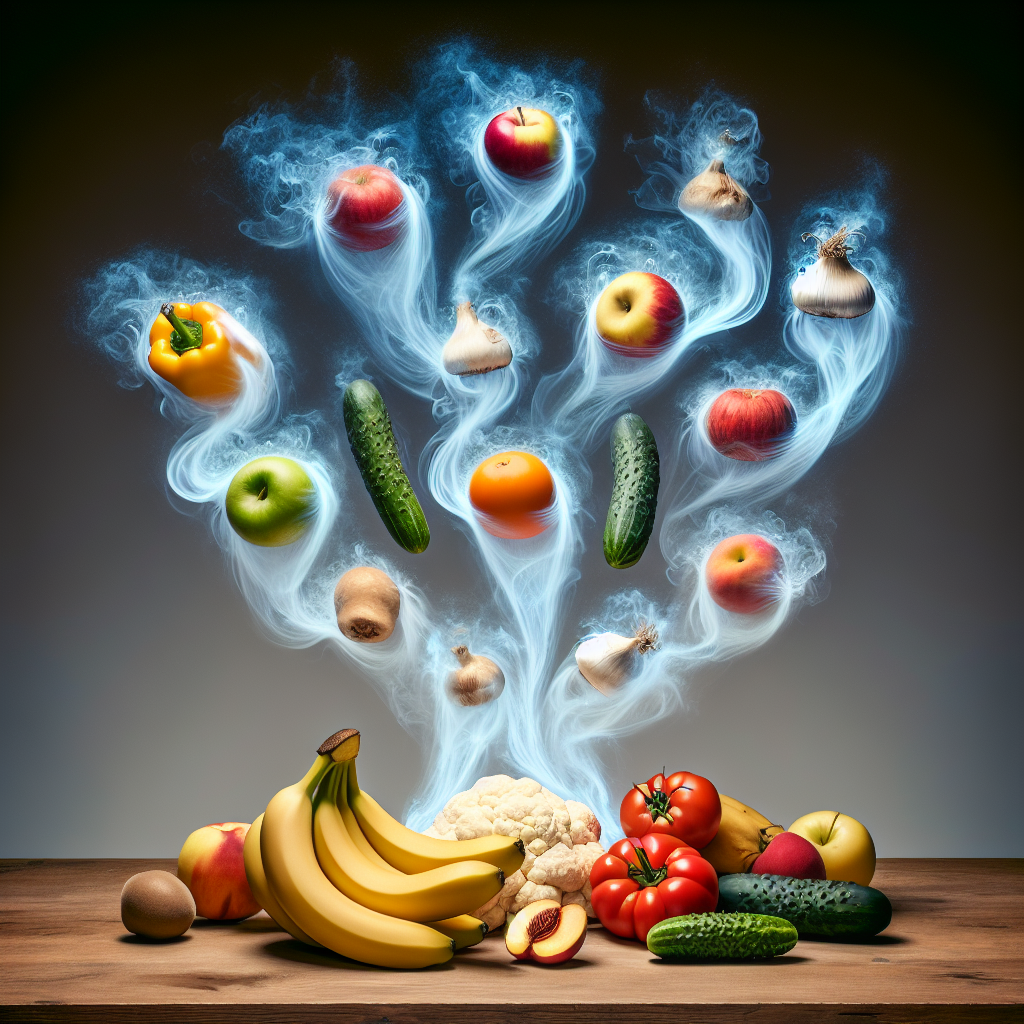
Physical Damage: Bruising, cuts, and mishandling during transportation or from improper storage conditions can cause weight loss.
Temperature Fluctuations: Incorrect storage temperatures can accelerate spoilage and weight loss. Cold chain technologies are vital to limiting shrink, especially for produce with a long export journey.
Ethylene Gas: Some fruits and vegetables release ethylene gas, which can accelerate ripening and spoilage. The list of produce that emits this gas is a long one, and includes some of the more common fresh produce categories like apples, tomatoes, avocados, carrots and many more. Assessing this is an important task for fresh produce quality assurance.
How to Estimate the Extent and Value of Produce Shrink
Researchers use a fairly simple equation to determine shrink: take shipment data and point-of-sales data from supermarkets. The difference between these is shrink.
This calculation gets more complex when you factor in the differences in shrink rates for different types of fresh produce.
For example, research by the US Department of Agriculture has shown wide variation both between fruits and vegetables, and within these categories themselves:
- Fresh vegetables: Shrink rates range from 2.2% (sweet corn) to 62.9% (turnip greens).
- Fresh fruits: Shrink rates range from 4.1% (bananas) to 43.1% (papayas).
Understanding the different risks and defects for each fresh produce category is necessary to build a successful management system. But this is also a highly complex, data-driven task that cannot be achieved using outdated methods – which is where modern, AI-enabled fresh produce quality assurance processes can make all the difference.
How to Reduce Produce Shrink with Modern Quality Management Systems
Efforts to reduce shrink usually focus on better inventory management, cold chain, temperature and handling practices. All of these are vital, but not enough on their own.
Leveraging the advanced AI capabilities of a platform like Clarifruit can make a serious dent in produce shrink by starting long before produce reaches the shelves.
Automated Quality Inspection
Clarifruit uses advanced image recognition and machine learning algorithms to automatically assess the quality of fresh produce. This slashes inspection time, allowing for more frequent and consistent checks. By identifying quality issues early, poor-quality produce can be held back from reaching the store shelves, reducing shrink due to spoilage and customer returns.
Standardization of Quality Control
The platform standardizes the quality control process across different locations and teams. This ensures that all produce is evaluated against the same quality criteria, giving everyone in the supply chain a shared language. This helps in reducing losses caused by subjective interpretations of produce quality and improves decision-making regarding the acceptability of incoming shipments.
Real-time Data and Analytics
Clarifruit provides real-time analytics and insights about the quality of the produce. This data can help retailers identify trends, such as which suppliers consistently deliver higher-quality produce or which types of produce are more prone to quality issues. Armed with this information, retailers can make informed decisions about procurement, adjust their supply chain strategies, and take proactive steps to reduce shrink.
Book your free call with the Clarifruit team to learn more about leveraging the world’s first AI-driven fresh produce quality control solution to “shrink” shrink and preserve profitability for your fresh produce business.
